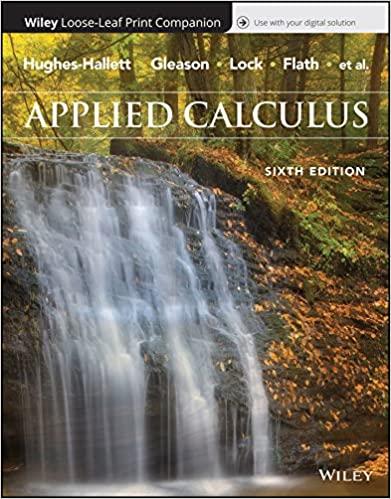When you breathe, a muscle (called the diaphragm) reduces the pressure around your lungs and they expand
Question:
When you breathe, a muscle (called the diaphragm) reduces the pressure around your lungs and they expand to fill with air. The table shows the volume of a lung as a function of the reduction in pressure from the diaphragm. Pulmonologists (lung doctors) define the compliance of the lung as the derivative of this function.
(a) What are the units of compliance?
(b) Estimate the maximum compliance of the lung.
(c) Explain why the compliance gets small when the lung is nearly full (around 1 liter).

Fantastic news! We've Found the answer you've been seeking!
Step by Step Answer:
Related Book For 

Applied Calculus
ISBN: 9781119275565
6th Edition
Authors: Deborah Hughes Hallett, Patti Frazer Lock, Andrew M. Gleason, Daniel E. Flath, Sheldon P. Gordon, David O. Lomen, David Lovelock, William G. McCallum, Brad G. Osgood, Andrew Pasquale
Question Posted:





